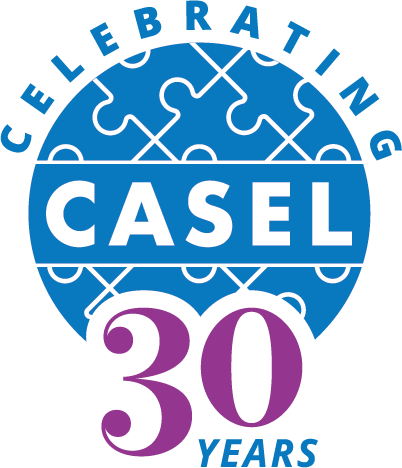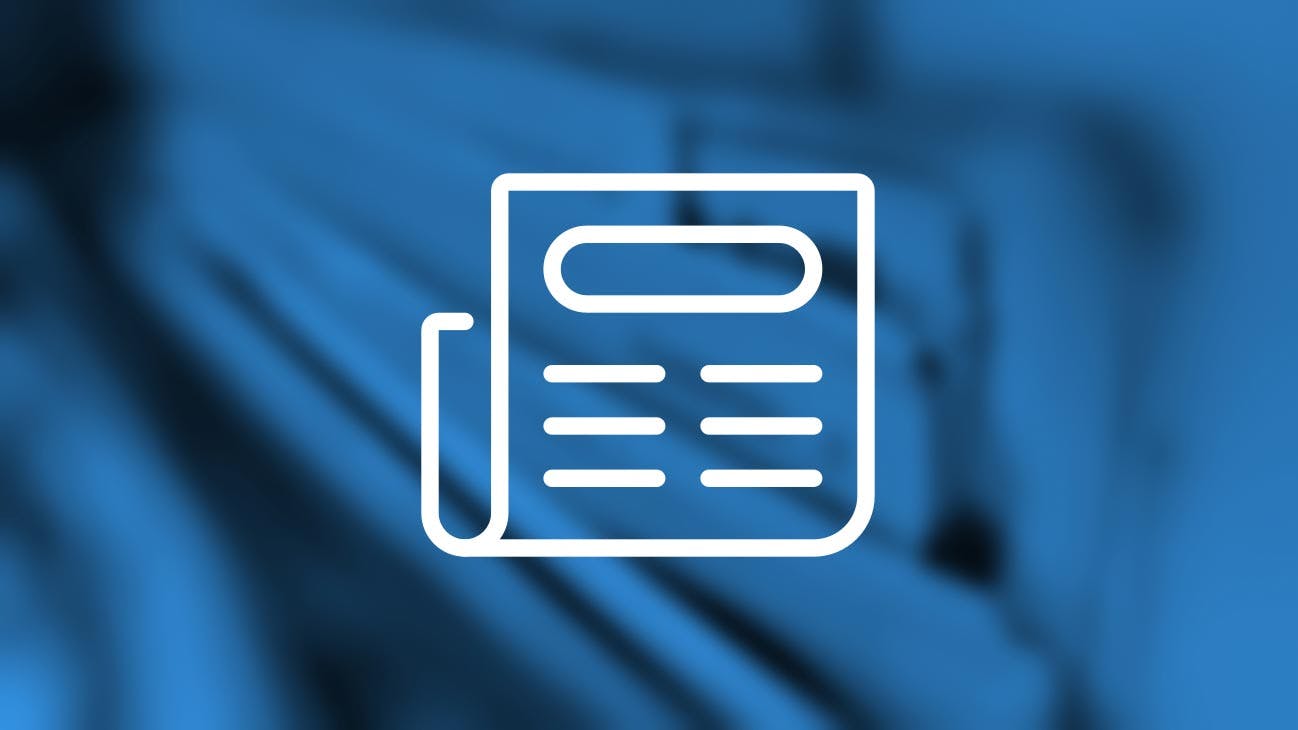Summary
How can states ensure that their SEL policies and practices are aligned from the capital to the classroom? To help answer that question, we have deliberately aligned our state, district, and school theories of action.
Our Collaborating States Initiative, modeled after a similar effort directed at school districts, was developed to help states create, implement, and share effective efforts. Participation grew rapidly from only a handful of state agencies in 2016 to 38 by 2020. Although the key activities and desired outcomes necessarily differ by level, using the same four focus areas helps ensure that policymakers and practitioners at every level are on the same page about the overall logic model for successful implementation of systemic SEL. The four priority areas are:
- Build foundational support and plan for SEL
- Strengthen adult SEL competencies and capacity
- Promote SEL for and with students
- Reflect on data for continuous improvement



